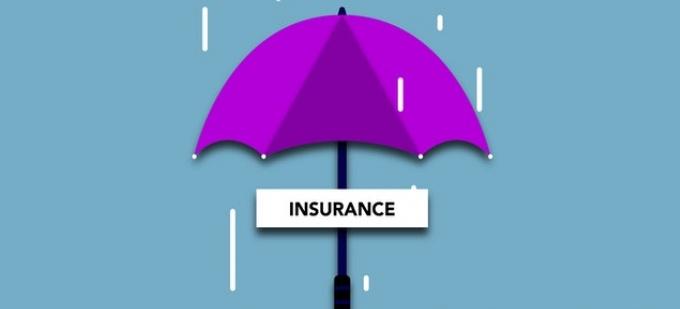A large number of individuals buy life insurance plans for the tax benefits they offer. Here we will understand how this exemption works and more importantly when they do not work. We will limit our discussion mostly to life insurance products.
- No income tax on the premiums paid for life insurance
Under Section 80C of the income tax act, investments in certain products like life insurance make you eligible to claim a deduction in your overall tax. Under the current rules, you can get a maximum deduction of Rs. 1,50,000 in your income by investing in life insurance products.
Lets us understand this with the help of an example for the financial year 2016-17.
Taxable income = Rs. 7,00,000
Your contribution in PF = Rs. 75,000
Investment in Life Insurance = Rs. 35,000
Investments in ELSS = Rs. 60,000
All the above investments are eligible for deductions under Section 80C.
So the total investment is Rs. 1,70,000 (75,000 + 35,000 +60,000) in the financial year. Now the exemption under Section 80C is only for Rs. 1,50,000.
So the taxable income = Rs. 7,00,000 – Rs. 1,50,000 = Rs. 5,50,000
Assuming you don’t have any other eligibility under any section, your income for this year would be considered as Rs. 5,50,000 for the purpose of income tax calculations.
So let’s see how much money you would have saved. The current tax slabs for an individual below the age of 60 are as follows:
| Income Slab | Tax Rate |
| Income till Rs. 2,50,000 | Nil |
| Rs. 2,50,000 to Rs. 5,00,000 | 10% |
| Rs. 5,00,001 to Rs. 10,00,000 | 20% |
| Above Rs. 10,00,000 | 30% |
So now let us compare the amount of tax you would pay with the investments done by you in the 3 financial products and claiming deductions.
| Income Slab | Without any investments | With 3 investments |
| Till Rs. 2,50,000 | 0 | 0 |
| Rs. 2,50,000 to Rs. 5,00,000 | 10% of 2,50,000 = Rs. 25,000 | 10% of 2,50,000 = Rs. 25,000 |
| Rs. 5,00,001 to Rs. 10,00,000 | 20% of 2,00,000 = Rs. 40,000 | 20% of 50,000 = Rs. 10,000 |
| Total Tax Payable | Rs. 65,000 | Rs. 35,000 |
So by doing investments in the 3 financial products, you not only save for your future but pay Rs. 30,000 less as income tax in the financial year.
The government incentivizes its citizens to use these so that individuals save for their future and also generate funds that can be invested in long-term projects.
Important – All life insurance payments are not eligible for this exemption. Let us understand when the life insurance premiums are not tax exempted.
If the premium paid in a year is more than 10% of the amount of cover, then the entire premium is not tax exempted. This problem typically arises when it comes to Single Premium Life Insurance Plans.
Rule of thumb – If the premium being paid is greater than 10% of the Sum Assured of the plan, then the total premium is not eligible for tax exemption.
Let us see with the help of an example:
The annual premium for a plan is Rs. 65,000 and the amount of cover in that plan is for Rs. 1,75,000. In such a scenario, the entire Rs. 35,000 is not tax exempted. Only Rs. 17,500 (10% of the Sum Assured) of the Rs. 35,000 will be tax-free.
Also, the Maturity Amount in this plan will not be tax-free under Sec 10(10D). It will be completely taxable.
So be very careful when buying life insurance investment plans. Check if the annual premium is less than 10% of the Sum Assured. Very often in Single Premium plans, this criterion is not met. So not only are the premiums not fully tax exempted under Section 80C, but the maturity amount is also fully taxable.
- No income tax on the Maturity Amount
This is covered under Section 10(10D) of the Income Tax Act. The maturity amounts in life insurance plans are completely exempt from tax. You do not have to include it in your income in the year that the plan matures.
Important – However, in case the premiums paid by you are greater than 10% of the Sum Assured in the plan, the entire Maturity Amount will be taxable. So be very careful when buying Single Premium plans where the premium is almost always greater than 10% of the Sum Assured. This is true for all life insurance policies purchased after 1st April 2012.
For policies purchased between 1st April 2003 & 31st March 2012, the insurance premium you pay in a year should be less than or equal to 20% of the Sum Assured in the plan. If this condition is not met, the entire maturity proceeds will be taxable income in the year that the policy matures.
Hope you find this information useful.

